Crete is isolated from the rest mainland of Europe, Asia and Africa, which is strongly reflected in the genetic diversity of the fauna. From the proud Cretan ibex, the lynx and the spiny mouse, to the stenoendemic arthropods and bats of Crete, the fauna of Crete holds many secrets about the evolution of species.
There are no hazardous mammals for humans in Crete, in contrary to other places of Greece. Indeed, the ancient Greeks attributed this lack of large mammals such as bears, wolves, jackals- and poisonous snakes- to the labour of Hercules (who brought the Cretan bull alive into Peloponnesus), who wanted to honor the birthplace of Zeus by removing all "harmful" and "poisonous" animals. Later, Cretans believed that the island was cleared by the Apostle Paul, who lived in Crete for two years, with his exorcisms and blessings.
- 1
- 2
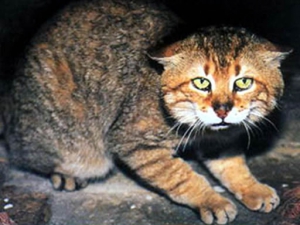
The mysterious wild cat of Crete (scient. Felis silvestris cretensis) or fourogatos is an endemic subspecies of the European wildcat. You may hear some people referring to it as the Cretan Lynx, although it’s not belonging to the same family. It is the only wild feline on the island, which is limited to a small part of Crete.
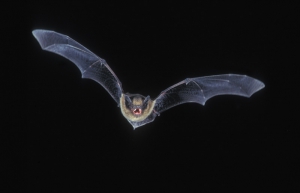
Crete apart from isolated forests and the many abandoned farmhouses, has more than 2000 caves, which increase in more than 5000 with small cavities. Thus it has always been an ideal place for flying mammals, bats, which find refuge in the forests, old houses and caves.
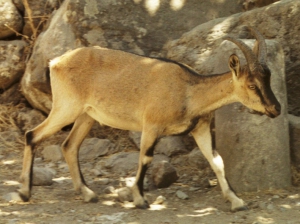
The proud Cretan wild goat (scient. Capra aegagrus creticus), also known as agrimi, wild goat, or Cretan Ibex is an endemic subspecies of wild goat, is the only species of ibex in Europe. According to the genetic characteristics, the wild goat was introduced in Crete from Asia and then came to contact with the ordinary goats on the island, while retaining many of the genetic characteristic of its Asian cousins.
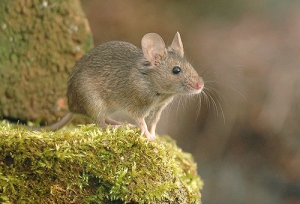
Rodents is the second largest group of mammals in Crete, after bats. Apart from the hedgehogs, the dormice, the Cretan spiny mice, which have beed described in different articles, Crete hosts the countryside wood mice (Apodemus sylvaticus), the broad-toothed field mice (Apodemus mystacinus), the cityside house mice (Mus musculus), the brown rat (Rattus norvegicus) and the black rat (Rattus rattus). Let’s look at them.
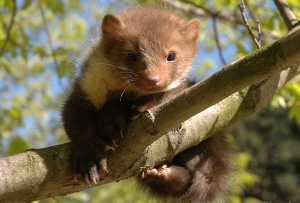
The Cretan stone marten (scient. Martes foina bunites) is a nice mammal, arboreous, night owl, carnivorous and fruit-eater that lives alone (except for the mating season) in rock fissures, in tree hollows, in raptors’ abandoned nests, in desert underground galleries, in sparse forests, in bushy places and in gorges.
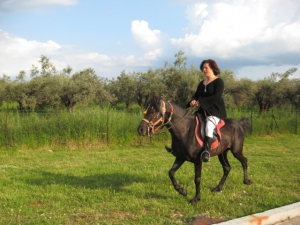
The Horse of Messara, or otherwise Georgalidiko, Giorgalidiko or Cretan horse is a domestic horse breed native of Crete, which does not exist elsewhere in the world. The breed exists on the island at least since the Preminoan Era, because a horse skeleton has been found in excavations dating back before 1700BC and, thus, it is considered the oldest breed in Europe. The Cretans call it horse of Messara because of initial breeding that in the homonym plain of Crete.
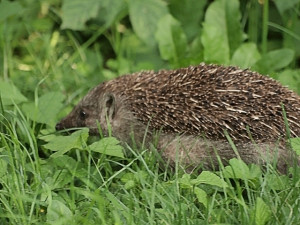
Hedgehogs are commonly met animals on the island of Crete, belonging to two different species, Erinaceus concolor and Erinaceus roumanicus. Unfortunately, they are considered a delicacy for some, and there several cases in Crete when these animals are eaten (mainly by Roma people). Lastly, the hedgehogs are considered sacred animals by the Greek Church because of the characteristic manner of mating, reminiscent of humans. Indeed, sometimes they mate face to face so as to avoid the spines on their back.
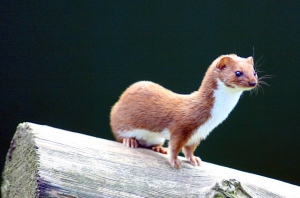
The Cretan least weasel (mustela nivalis galinthias) is an endemic subspecies of the common weasel, which is met all over the island. Other names of the animal is dwarf, pygmy or mouse weasel. Cretans also call it kalogiannou or kalogynekari (meaning nun) due to its white-striped chest, making it look like a nun.
- 1
- 2












































































